The cybersecurity space is something that changes every day. With cybercriminals finding new methods to break existing security measures, new trends are created within the spur of the moment.
The continuously evolving nature of cybersecurity makes it difficult to predict future trends. While the changes in this field are all over the place, there are some constant behaviors as well. Here are a few predictions we have for the future of cybersecurity.
1. Expanding Blockchain Usage
Blockchain is known for its transparency. Blockchain started as a public ledger that was intended as a tracking device for all cryptocurrencies. Initially accommodating the only bitcoin before the invention of other cryptocurrencies seemed like a good plan.
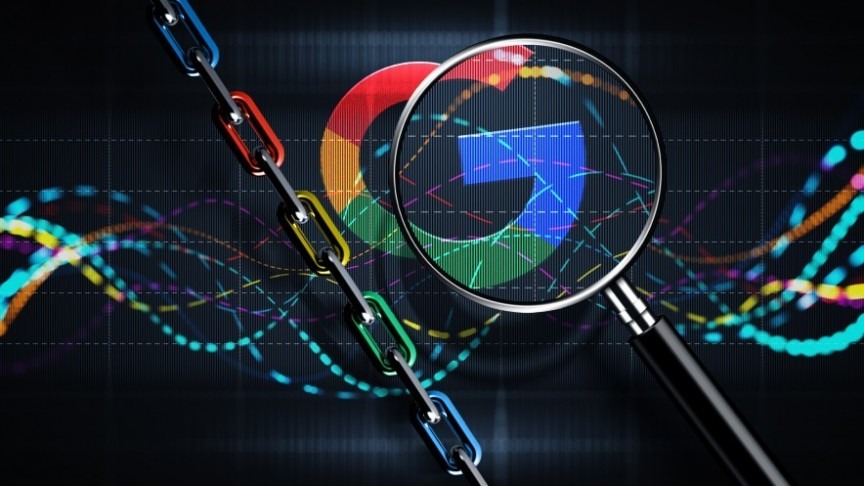
Time moved on and many new cryptocurrencies came to the fold. Some of them like Ethereum and Ripple stood the test of time and even challenged Bitcoin while others have waned over time. And Libra, proposed by Facebook hasn’t even launched, but it has become famous. The usage of anonymous Bitcoin addresses by cybercriminals to collect ransomware payments made the blockchain feel obsolete. With blockchain being a transparent mode on paper, it doesn’t give any information about the owners of each Bitcoin address. The rise of blockchain for payments during such attacks makes us think that this will become a norm for payments to and between cybercriminals.
2. Changed Developer Priorities
Developers have had huge shifts in their priorities over the last few years. From bugs to ensuring that there is no space for data to leak out, developers have had their plate full of a lot of things. With the rise of Kubernetes, developers seemed to have their lives simplified. But that changed back to being a nightmare when the huge number of vulnerabilities associated with them surfaced and became public.

Since then, developers have had to find ways to adapt and minimize security risks associated with container elements. While Kubernetes presented its own share of vulnerabilities, the utility remains unrivaled as of now. Unless a service on par with Kubernetes arrives, developers will focus on ensuring no vulnerabilities related to Kubernetes are present in their app. This is a scenario that can be seen in the foreseeable future, or what seems to be predictable in cybersecurity.
3. Multiple Skill Requirements
With cybersecurity being a recently emerged field when compared to many other fields of technology, the job arena has been expanding and will continue expanding for around a decade or so with the rising threats of cybercriminals.
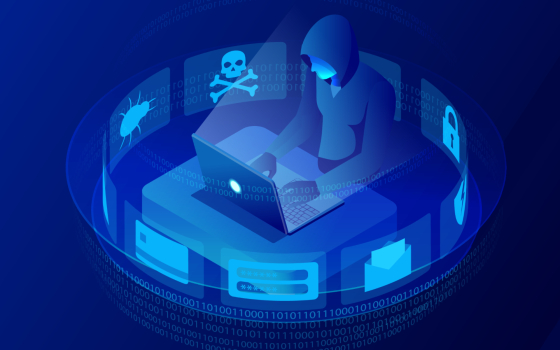
Once this first wave of jobs hits and the number of job hunters is more than the opportunities, the real competition in the field begins. Like any other field today, the flashlight will move from those who are experts in a single skill to those who can proficiently balance their way through two or more skills. An example of this is combining security analytics with supplementary knowledge of penetration testing to give a good freelance consultant in all areas.
4. Increased Issues
The coming years will see a lot of huge-scale attacks on major infrastructures. Even with the world facing a pandemic, cybercriminals won’t be taking any sort of rest. One of the biggest examples to illustrate this is the recently done Twitter attack.
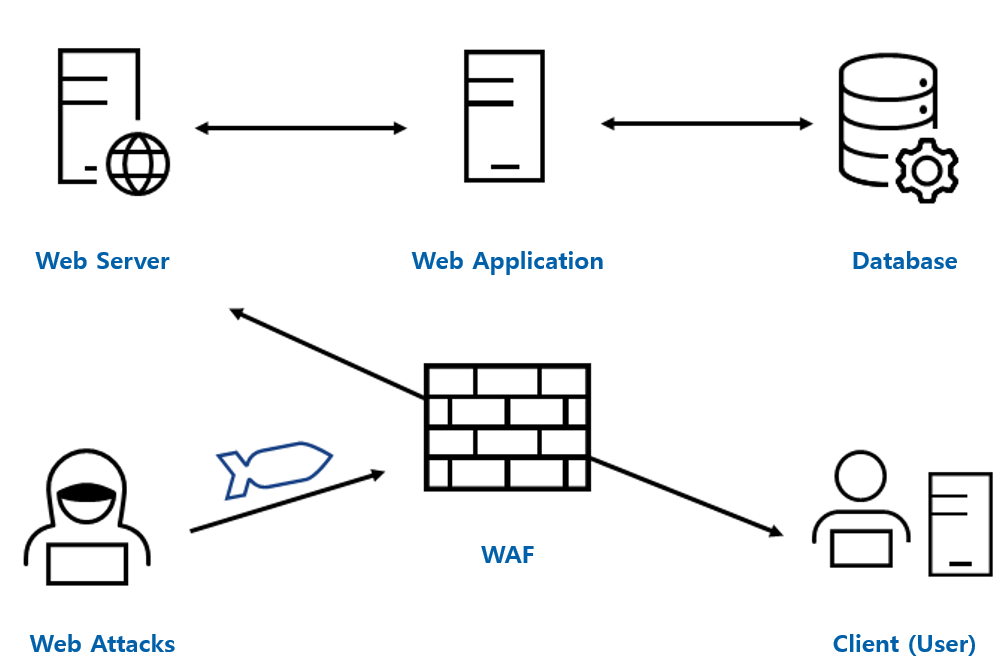
Infrastructures will be hit with an increase in the number of server downtimes, and production delays from their end which might also include sneaky cyberattacks. Apart from these, there will be a massive increase in the number of direct threats and attacks from cybercriminals. While the question of whether organizations are well-equipped to handle such issues is not answerable, they need to start preparing today. Only then can they be prepared for whatever is thrown at them by cyber criminals. Every step taken today is a huge leap for the future.
5. Rise of Prediction Algorithms
Today’s workforce is equipped to handle predictions from human experts. But this won’t be adequate in the future with an increase in the number of persistently inescapable threats. Prediction algorithms need to rise to the foray for advanced prediction of persistent and fileless threats.
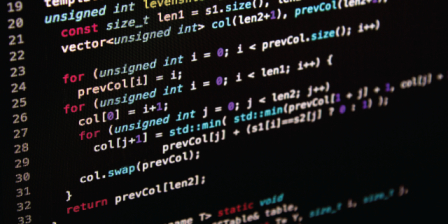
Their crucial role could be the required element to hold cybercriminals at bay. While prediction algorithms might not be able to take off on their own, they will begin by assisting humans and then moving on to individual prospects. Predicting the future will be an inevitable move to prepare for the future.
If you are looking for Managed Service Providers you can check out us here.
Interested to learn more about more trends that’ll be happening in the future of cybersecurity? Follow our blog to keep yourself updated with the latest trends in cybersecurity.



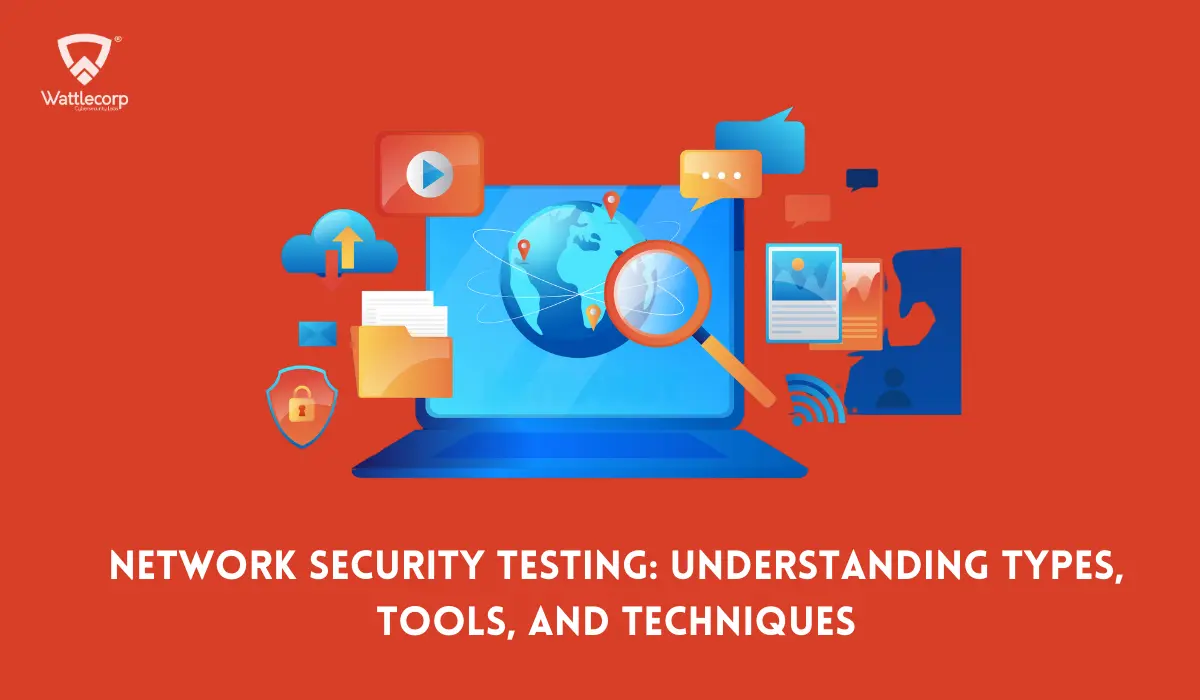


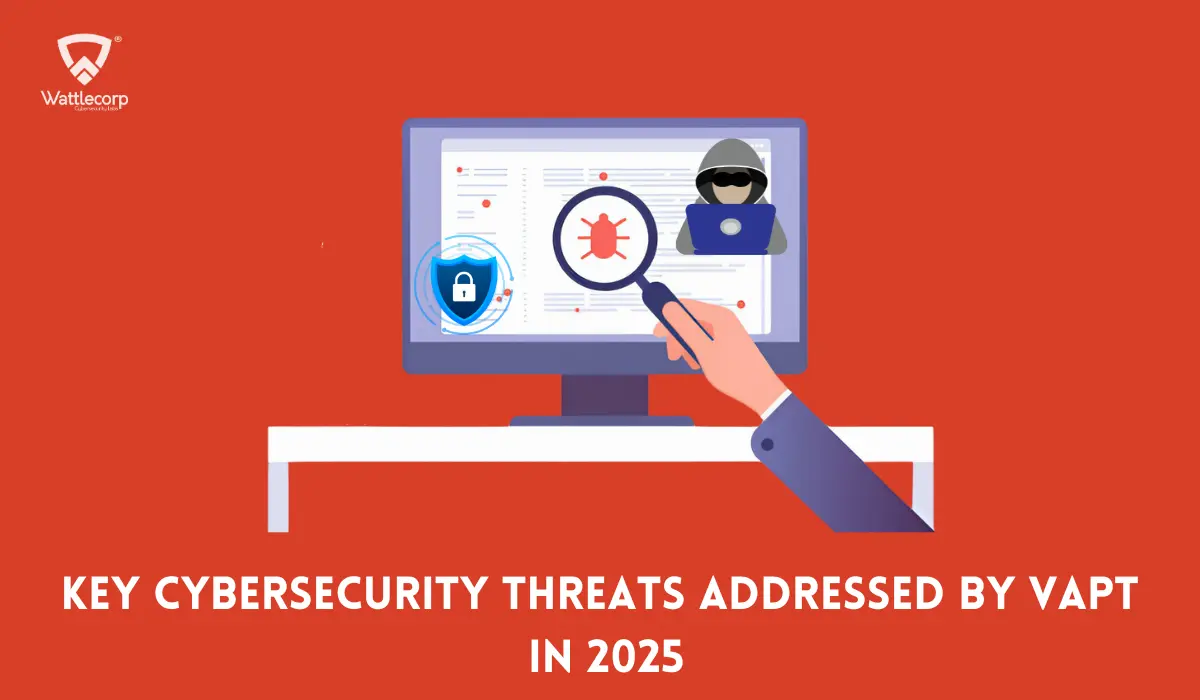

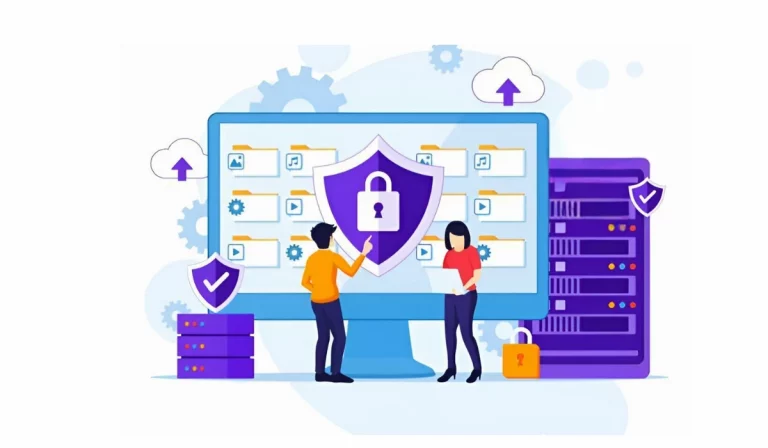
3 thoughts on “Exploring The Future Of Cybersecurity : Securing Tomorrow”
hi…..
I got such a good information on this topic its very interesting one.
hi…
This is interesting topic that everybody should know. Very well explained with examples.
Thanks for sharing. I read many of your blog posts, cool, your blog is very good.